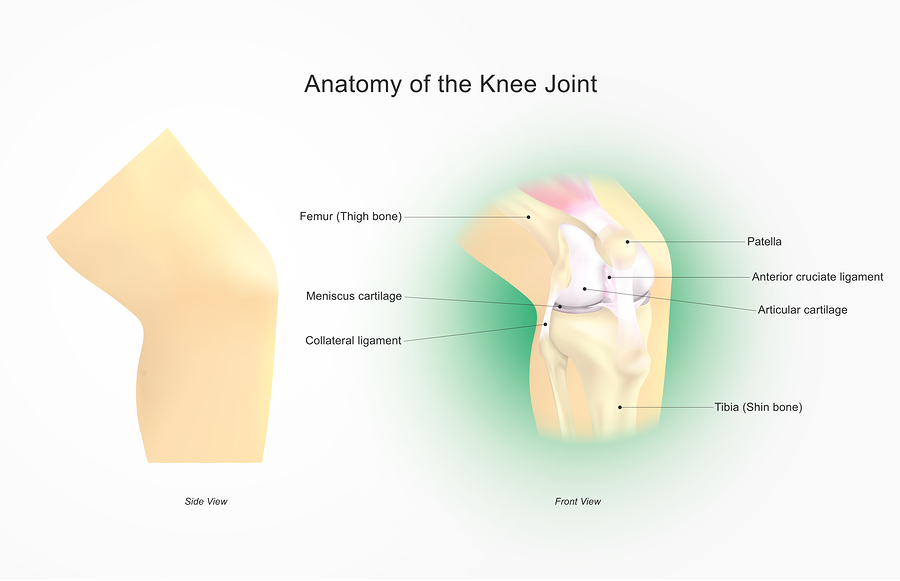
Clinical guidelines recommend knee muscle strengthening exercises to improve physical function. However, the amount of knee muscle strength increase needed for clinically relevant improvements in physical function is unclear. Understanding how much increase in knee muscle strength is associated with improved physical function could assist clinicians in providing appropriate strength gain targets for their patients in order to optimise outcomes from exercise. The aim of this study was to investigate whether an increase in knee muscle strength is associated with improved self-reported physical function following exercise; and whether the relationship differs according to physical function status at baseline.
Data from 100 participants with medial knee osteoarthritis enrolled in a 12-week randomised controlled trial comparing neuromuscular exercise to quadriceps strengthening exercise were pooled. Participants were categorised as having mild, moderate or severe physical dysfunction at baseline using the Western Ontario and McMaster Universities Osteoarthritis Index (WOMAC). Associations between 12-week changes in physical function (dependent variable) and peak isometric knee extensor and flexor strength (independent variables) were evaluated with and without accounting for baseline physical function status and covariates using linear regression models.
In covariate-adjusted models without accounting for baseline physical function, every 1-unit (Nm/kg) increase in knee extensor strength was associated with physical function improvement of 17 WOMAC units (95% confidence interval (CI) −29 to −5). When accounting for baseline severity of physical function, every 1-unit increase in knee extensor strength was associated with physical function improvement of 24 WOMAC units (95% CI −42 to −7) in participants with severe physical dysfunction. There were no associations between change in strength and change in physical function in participants with mild or moderate physical dysfunction at baseline. The association between change in knee flexor strength and change in physical function was not significant, irrespective of baseline function status.
In patients with severe physical dysfunction, an increase in knee extensor strength and improved physical function were associated.
No comments:
Post a Comment